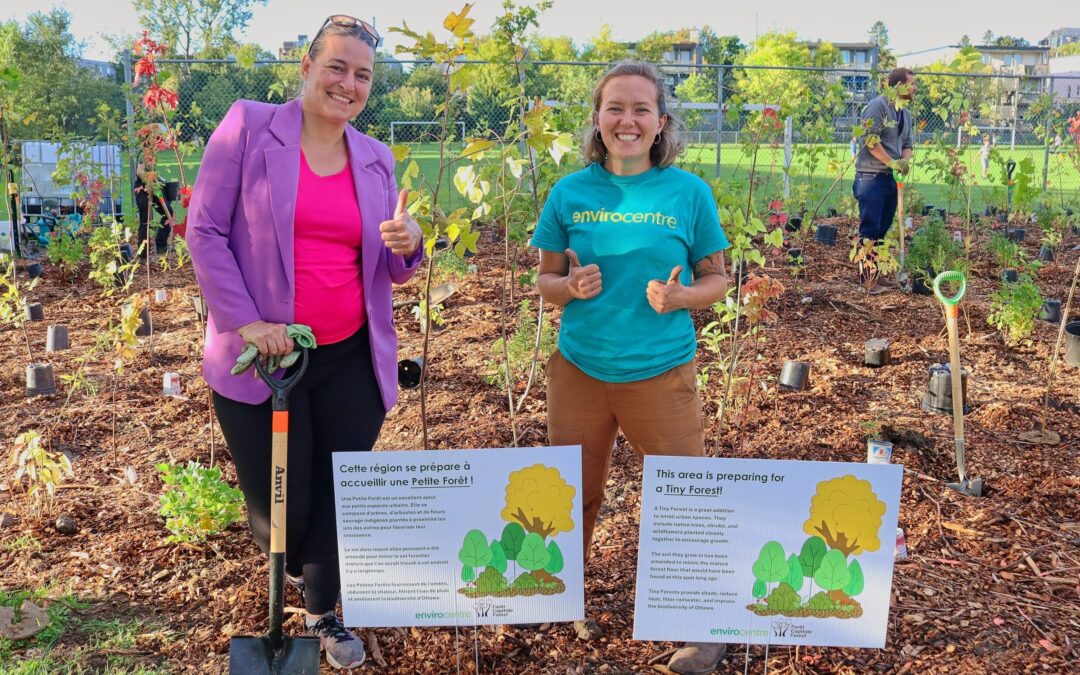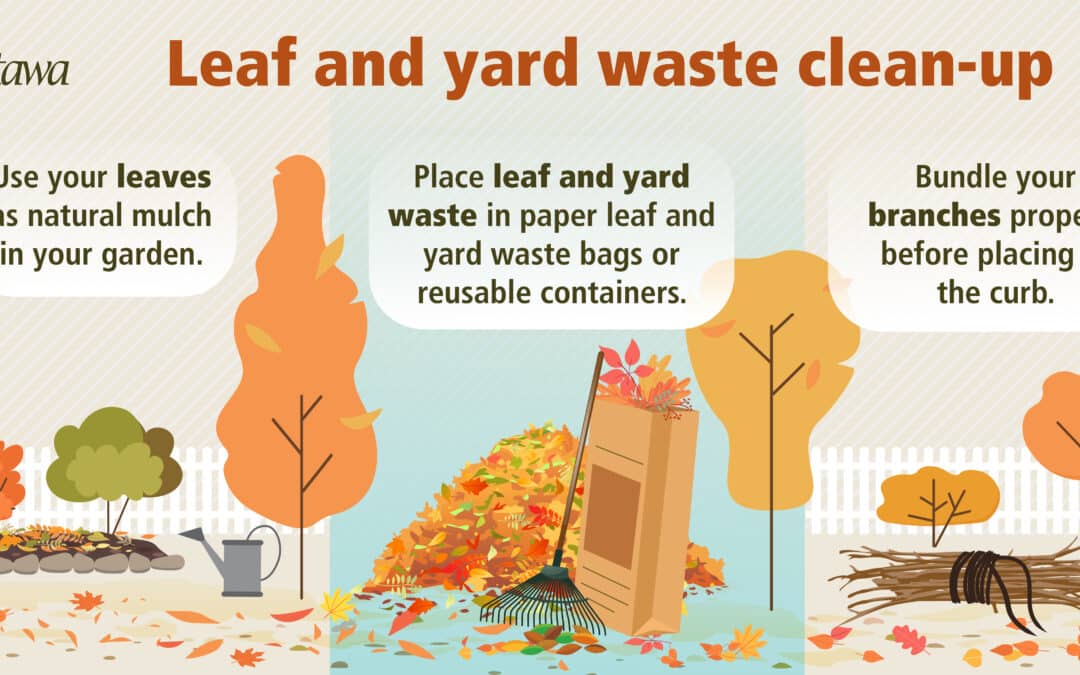
Why I Voted for Lansdowne

1. It’s time to fix what’s broken — not keep delaying it
When Lansdowne 1.0 was approved in 2014 with then mayor Jim Watson, City Hall made a critical mistake by leaving out the north side stands and arena. We’re now paying the price for that decision. The arena is in poor condition — there are no women‘s changerooms, it is inaccessible to people with mobility needs, and the roof leaks. This is, frankly, embarrassing for a capital city. We had many delegations at committee talk about the artists and sporting events who refuse to use Lansdowne because it does not meet 2025 standards.
I ran for Council on a promise to fix things and get them done, not to kick them down the road. Ottawa deserves world-class amenities, not facilities we’re ashamed to show visitors. I spoke with my predecessor, Mathieu Fleury, about this file, and he voted for it in 2014 for the same reasons. We’ve delayed this project once before, and it only made the problem worse and more expensive. I won’t vote to do that again.
2. Accessibility can’t just be a talking point
Many of you know my personal story and how my family has fought for accessibility accommodations for years. Landsdowne needs to be an inclusive city amenity that everyone can enjoy. The current configuration is not accessible. Ottawa is the host of the 2026 Wheelchair Basketball Championship, and we heard from delegations at committee that the para-athletes must use the garbage entry to enter and exit the court. This is unacceptable. Lansdowne 2.0 finally changes that. It creates a space that people of all abilities can use and enjoy safely, comfortably, and competitively.
3. This is a good deal for taxpayers
Despite what some critics have said, this isn’t a “gift to billionaires.” Lansdowne 2.0 leverages private sector investment to help rebuild a city-owned asset. Without the new towers and retail component, the cost to taxpayers would be far higher.
For the average homeowner, the increase works out to about $8.14 per year. Even if costs rise by 25%, as the Auditor General cautioned, that’s only about two dollars more per year. To put it in perspective, curbside garbage pickup costs $234 per household.
It’s a fair and responsible investment that ensures public dollars go further while keeping Ottawa’s amenities competitive and well-maintained.
4. Ottawa’s housing crisis requires everyone to do their part
Lansdowne 2.0 will generate roughly $20 million in air rights that will be directed to affordable housing. While that’s not perfect, I cannot think of another development that is generating this kind of revenue for a much-needed affordable housing. I do not agree, as many people have written in, that the two towers will change the ‘neighbourhood character’ of the area irrevocably. We have many towers in Ward 12. Every part of the city has to help contribute to intensification — not just downtown, or Lowertown, or Vanier. The Official Plan Council approved calls for intensification city-wide, and that includes the Glebe. We can’t keep saying we support more housing, just not here, not now, not this way.
5. WE SAVED THE GREENSPACE!
I put forward a motion to save the equivalent amount of green space being lost in Capital Ward due to the construction of Lansdowne 2.0. This motion passed. The motion will also allow $100,000 of city-wide CIL to go towards securing replacement greenspace. I was so upset when I saw that we were losing a downtown greenspace and now the city will work with Councillor Shawn Menard, to find the equivalent in his ward.
We know that downtown greenspaces are at a premium and this gives some relief to the affected areas. I would personally like to see 160 Lees get developed into a park (Councillor Menard and I share Lees Ave) as a park here will also ensure that this land is not developed to extend Nicholas Street beyond the 417 to create the Alta Vista Transportation Corridor.
This post is also available in French.
 English
English French
French





